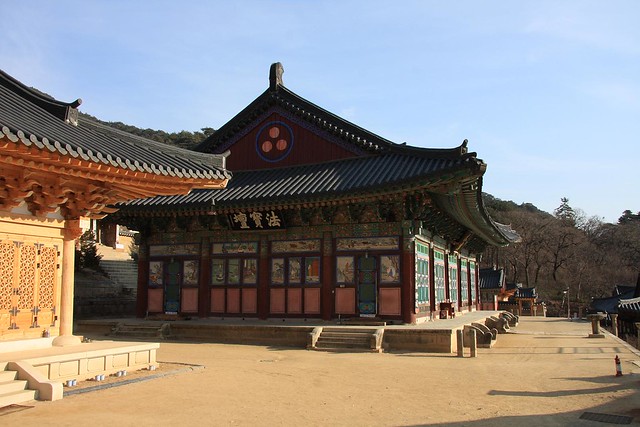
7 December Moslem New Year
The celebration of Moslem New Year is as not festal as the celebration of New Year’s Eve on December 31st. Even it could be said that there is no celebration, the city is just like usual. No fireworks, no trumpet, no feast. Moslem community goes to mosque, pray, and goes back to their home. However some shopping centers or communication products often give special discount on this day.
8 December Galungan Day
Galungan is Hindus’ main ceremony to celebrate the glory of righteousness against the wickedness. As the sign of the glory, Hindus create Penjor (decorated long bamboo) and stick it in front of the gate. Hence, when you come to Bali on this day you will see how beautiful Bali with the festal decoration of penjor. They celebrate Galungan day during three days. On the core day, Hindus go to temple and enjoy the togetherness with family staying far away from them. Every family cooks traditional dishes such as suckling pig and lawar then on the core of Galungan they gather and eat together.
18 December Kuningan Day
Kuningan is celebrated 10 days after Galungan to pray and demand prosperity from the God and ancestors. Balinese people believe that on this day, the ancestor spirits will return to heaven at mid-day. For this reason they conduct the ceremony and finish all things before 12 pm.
18 December Makotekan
Makotekan is identified as a celebration and ceremony to purify the village and as a symbol of never ending battle between virtue and evil. You can’t enjoy Makotekan at Kuta or Ubud, or Seminyak, since Makoketekan is the privileged ceremony held in Mungu village, Mengwi, Badung. This was a celebration of the glory of Mengwi Kingdom against to Blambangan. All male from Mungu carry Kotekan, long wood decorated with leaves and tamiang and pray firstly to ask for the blessing for the success of Makotekan. They then unite their kotekan forming a mount. Sometimes there is a guy climb it up and stand on the top peak to make another group fall down. It is worth to see! It is a battle where fun covers all the procession.
26 December Pangerebongan
Pangerebongan is another sacred traditional ceremony which aims to protect the village from the disease. This ceremony is also identified as mass trance ritual in which trance people will stab kris to their body.
Unbelievably, they are all ok, without blood or wound. Surely the procession is not all about mass trance. This sacred ritual started at 9 pm till afternoon in the courtyard of Pangerebongan Temple is followed by various rituals such as praying to the Lord, Tabuh rah, summoning ritual, and encircling the wantilan.
25 December Christmas Day
Although Bali Island is dominated with Hindu community but all people enjoy the friendly Santa Klaus in front of the mall entrance or any shopping centers in Bali. All shopping mall will be decorated with typical Christmas-tree decoration. Besides most of great resorts in Bali will do the same; even make special events to mark the coming Christmas. Enjoying Christmas in Bali will be a distinctive experience.
28-30 December Denpasar Festival (Gajah Mada Town Festival)
Starting from 2008 local government of Denpasar holds Gajah Mada Town Festival at Gajah Mada area to recall Denpasar community’s memory. Gajah Mada area was the most interesting area since it provided entrainment as well as shopping center in 1950s. However, nowadays because of the massive modern mall’s development Gajah Mada area turns to be forgotten. By presenting hundreds of various booths showcasing art works from many ethnics, culinary, and band performances, local government has helped Denpasar people to be entertained with something rare to be found in Denpasar. Although there is no official statement that Denpasar Festival will be held in this year yet but for you who plan to have vacation in December should add this event to your list to visit.
31 December New Year’s Eve
Bali will be flocked by many people coming from abroad or other areas in Indonesia to experience how festal Bali in celebrating New Year’s Eve. There will be a lot of fireworks, trumpet, music festival, and many events where people can enjoy the happiness and great entertainments. Welcome the first sun rise in 2011 in the Island Of The Gods.
source : blog.baliwww.com






















